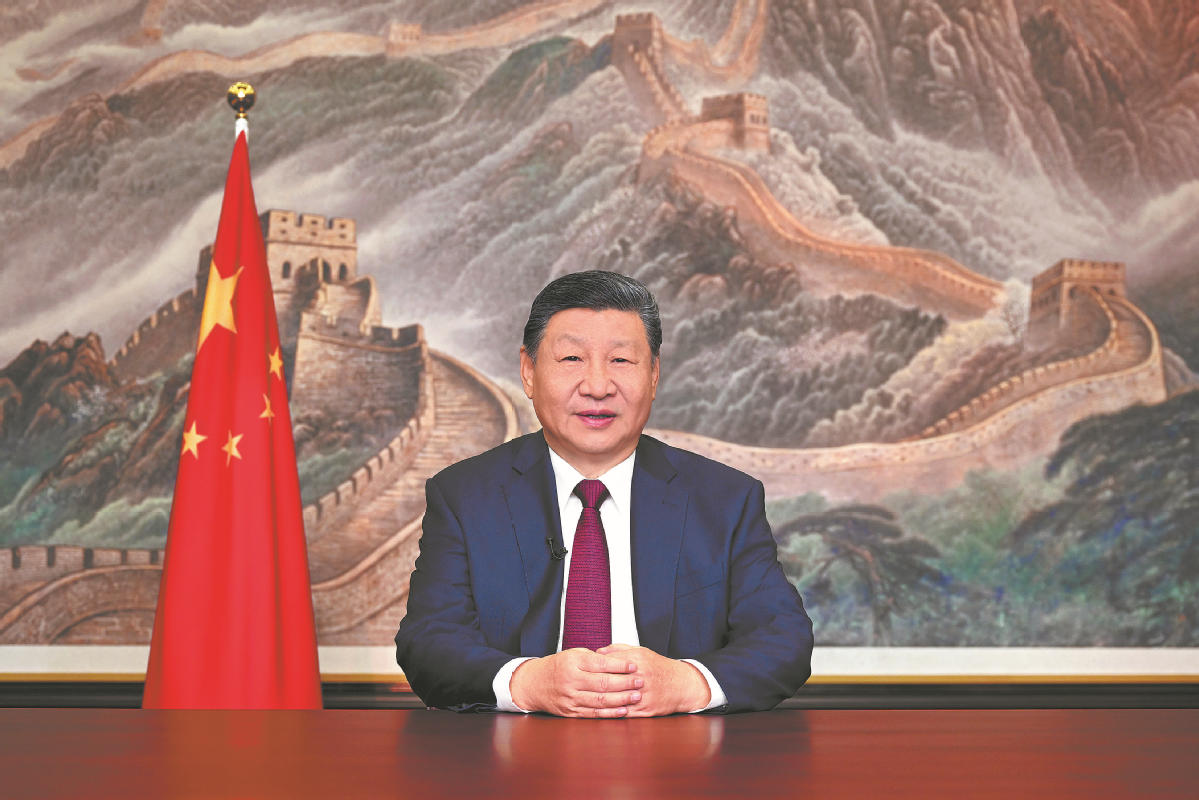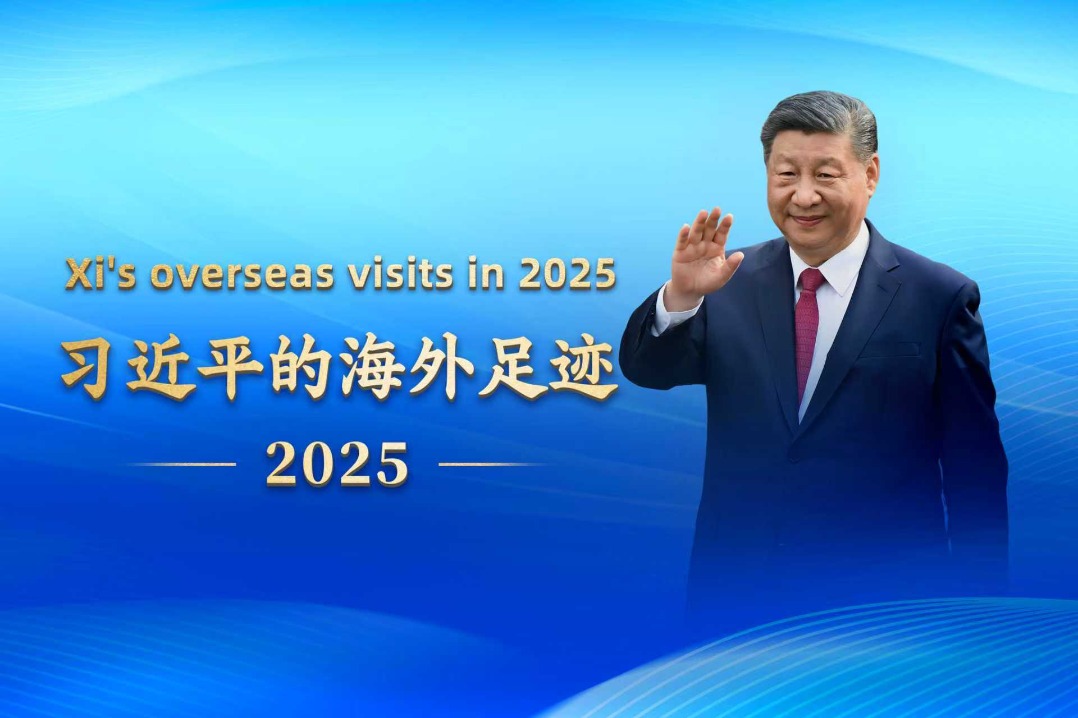Live and learn
By JIM SCHNELL | China Daily Global | Updated: 2020-04-24 08:28

Social distancing has fast-forwarded education's migration online
We have entered into an era of unprecedented challenges as the world deals with the threat posed by the novel coronavirus. International education is an area that has been particularly impacted. However, when one door closes another door often opens. Such is the case as educational institutions in the United States cease standard in-person class meetings and move teaching online.
In recent years, the educational community has speculated about the degree to which classroom objectives can be met by an online teaching environment instead of the traditional in-person classroom method. Little by little, progress has been made in online instruction. But until now, there had been no conclusive steps toward fully online studying.
The COVID-19 pandemic has created a context whereby educational institutions around the world have suddenly been confronted with circumstances requiring their course offerings migrate from traditional classrooms to the online domain. The pandemic has forced an abrupt transition that has modified understanding of what can be achieved in the online world. The bottom line is that we have found it can be done. Online education is not the same as in-person education but it does provide a realistic option.
This reality opens a whole new set of opportunities for massive online educational offerings, specifically with regard to international online education. About 360,000 Chinese students have been studying at US educational institutions during the present academic year. Such educational exchange programs offer wonderfully enriching opportunities for students to learn and grow intellectually but now there are significant challenges to these opportunities as a result of COVID-19. The logistics of Chinese students needing to return home from the US prematurely under the cloud of the pandemic have been challenging at times. However, during this challenging time, it is clear that students do not need to be physically in the US and they can continue their education via online channels.
Looking ahead, Chinese students are confronted with the reality that 2020 fall semester courses may need to be offered online because of the evolving pandemic threat. This poses an opportunity as well as a challenge that equates with the saying that "necessity is the mother of invention." Given this circumstance, why not have Chinese students remain in China and have their US education courses delivered to them via the internet?
This is merely moving the clock forward with this approach as this outcome would have most likely occurred during the coming years given the logistical challenges posed by international travel and the costs involved with relocation to the US. Harvard and other highly selective educational institutions have made the transition online in a seamless manner. The quality of instruction has been preserved and the integrity of the institutional credential has been preserved. The diploma is the same.
There may be limited cases where course objectives cannot be met entirely online, especially in the STEM(science, technology, engineering and math) fields. In such cases the home institutions can sponsor small learning centers in China and US faculty can come to China to provide the supplementary instruction in such settings. Hence, the same instruction can be received but merely through a modified format.
As often happens with new innovations something is lost and something is gained. But the gains from this online approach can be immense. Aside from reducing the costs for students, the educational marketplace will be positioned for competition in the marketing of varied curricula at significantly reduced tuition prices. Chinese students have been paying full tuition in the US and there is no need to do so when one considers few US students pay full tuition.
A vast majority of US students enjoy reduced rates via lucrative financial aid packages. Why should Chinese students (and their families) be denied such savings? Moving the instruction online opens the door to correct this situation. This also offers the opportunity for Chinese students to focus on desired subject matter within university curricula without being exposed to undesirable American popular culture distractions.
Other benefits can be realized via opportunities for partnerships between Chinese and US educational institutions. This can enhance course offerings and research endeavors. Similarly, US students would have the opportunity to enroll in Chinese educational institutions. These kinds of ideas have existed in the past but there have been practical challenges that inhibited implementation. This emphasis on online formats removes many of the logistical hurdles that have existed and it opens creative venues that can, in turn, be foundation for new innovations regarding educational outreach and opportunity.
The entire conceptual notion of what education is, and can be, is open to redefinition. Geographical boundaries and delivery boundaries can be bypassed in a very short time frame. Given that Chinese students will complete the current semester (that they started in the US) in China, such education can be done-because it is being done. The future is here and it has been here for some time.
The author is faculty member at Cleveland State University (Cleveland, Ohio) and a visiting scholar at Fudan Development Institute. The author contributed this article to China Watch, a think tank powered by China Daily. The views do not necessarily reflect those of China Daily.
























